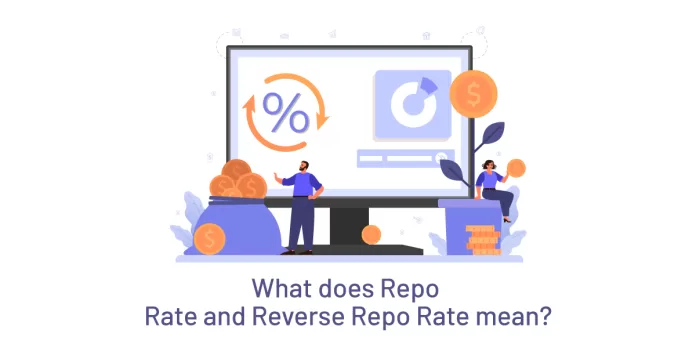In the world of central banking and monetary policy, two key terms often surface: Repo Rate and Reverse Repo Rate. These rates are instrumental in regulating a country’s economic stability and are pivotal tools for central banks to control liquidity and inflation.
Repo Rates – Cost of Borrowing
The Repo Rate is the interest rate at which the central bank of a country lends money to commercial banks in the event of any shortfall of funds. It is used by monetary authorities to control inflation.
When the repo rate increases, borrowing from the central bank becomes more expensive for commercial banks, leading to a reduction in the money supply within the economy. Conversely, when the repo rate is decreased, it encourages banks to borrow more, thereby increasing the money supply.
Commercial banks sell approved government securities to the central bank to raise funds, agreeing to repurchase them at a later date at a higher price. The difference between the sale and repurchase price reflects the repo rate. This mechanism helps banks manage liquidity and ensures stable growth in the economy.
Reverse Repo Rates – Managing Liquidity
The Reverse Repo Rate is the rate at which the central bank borrows money from commercial banks. Banks use this facility to deposit their excess funds with the central bank and earn interest on it. This rate is usually lower than the repo rate and serves as a tool to drain excess liquidity from the banking system, thereby helping to control inflation,
When the reverse repo rate is increased, it encourages banks to park more funds with the central bank, reducing the money supply in the market. A decrease in the reverse repo rate discourages banks from keeping their surplus funds with the central bank, thus increasing the money supply.
Repo and Reverse Repo Rate in India
As of April 2024, the Repo Rate in India is set at 6.50%, and the Reverse Repo Rate is at 3.35%. These rates are periodically reviewed and adjusted based on the current economic conditions,
The repo and reverse repo rates are essential tools for the central bank to maintain the desired level of liquidity and control inflation. By adjusting these rates, the central bank can either encourage or discourage banks from borrowing or depositing funds, thus influencing the economy’s money supply.
Conclusion:
The Repo Rate and Reverse Repo Rate are crucial for a country’s economic policy. They help central banks in achieving their dual objectives of controlling inflation and ensuring adequate liquidity in the market.


